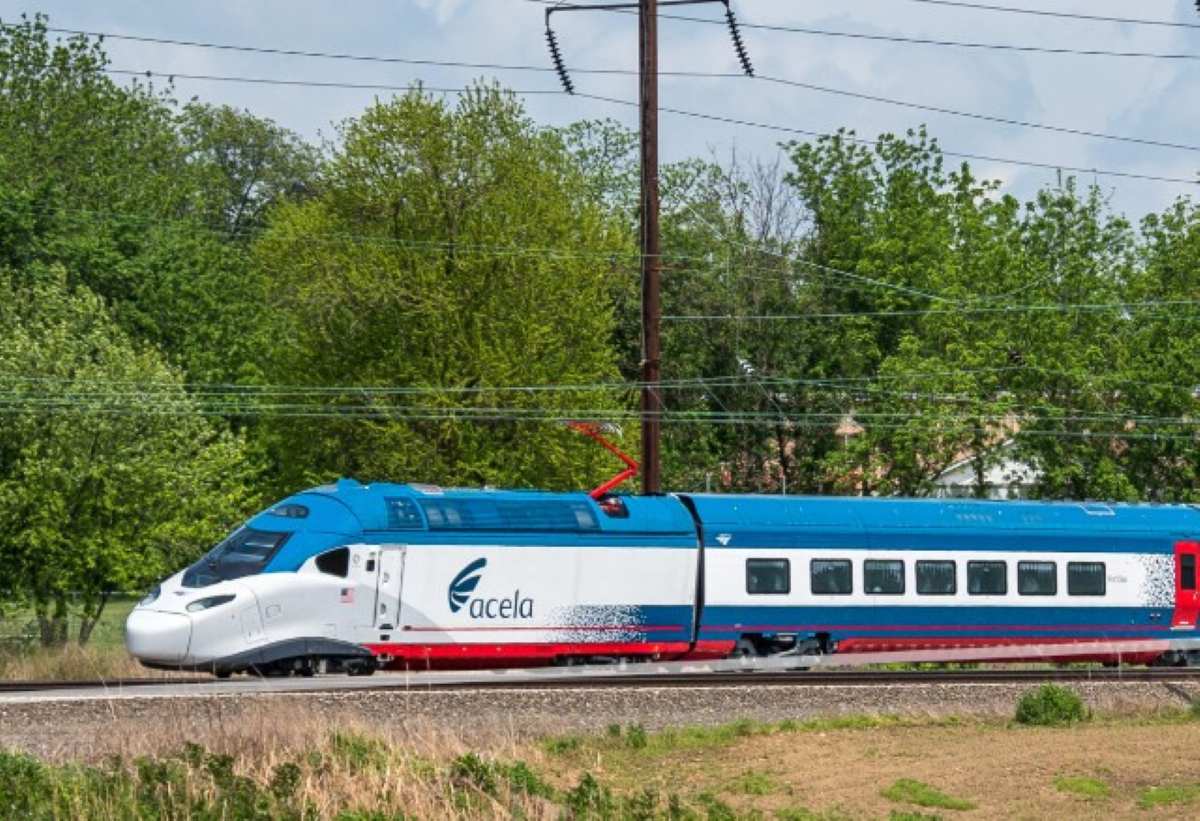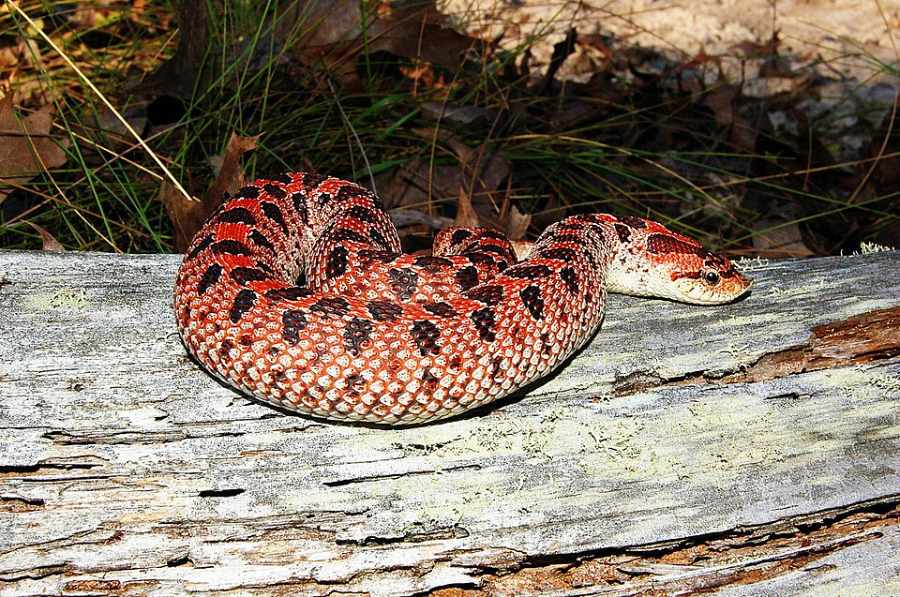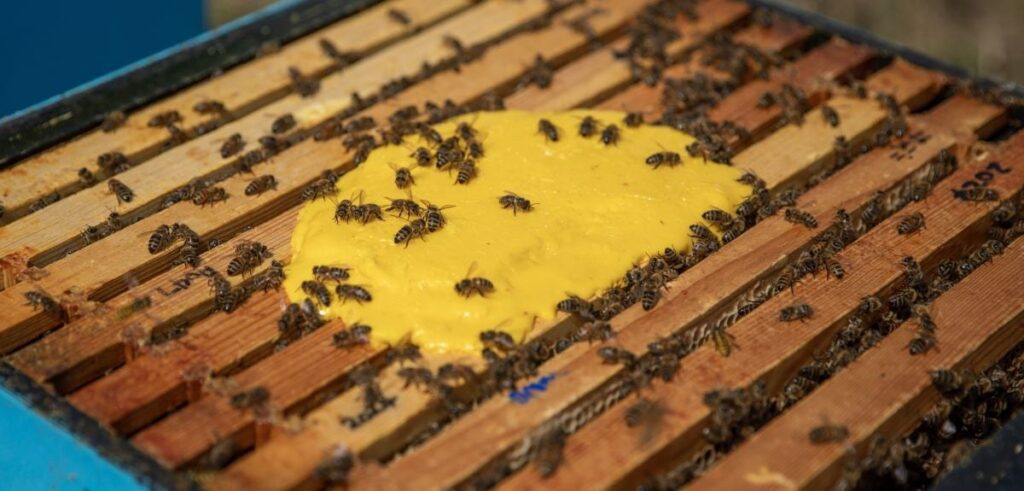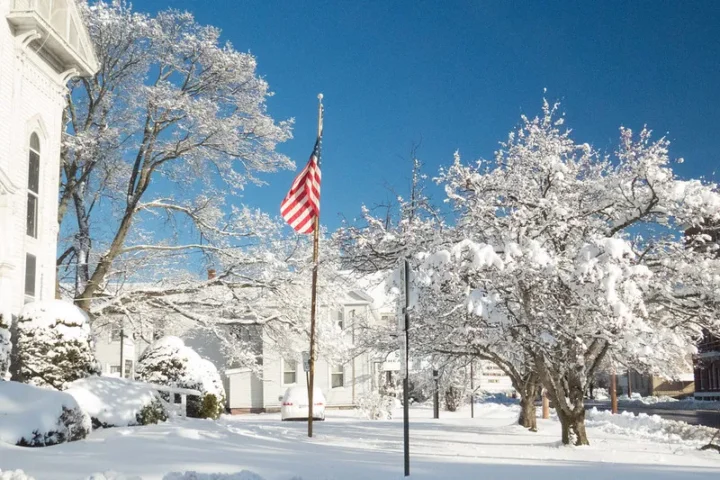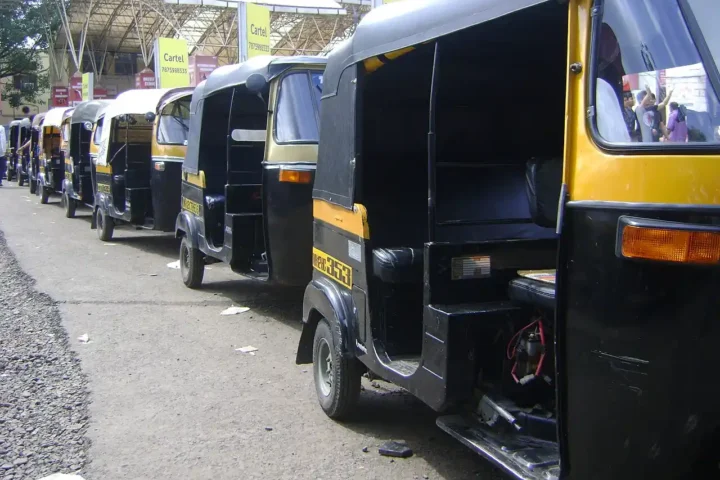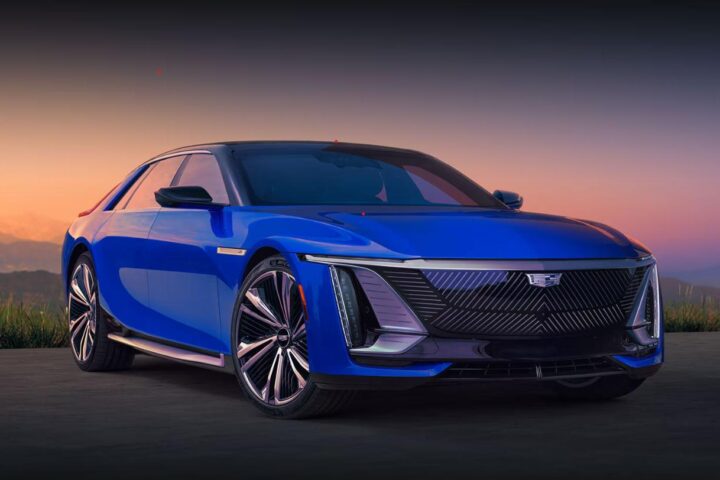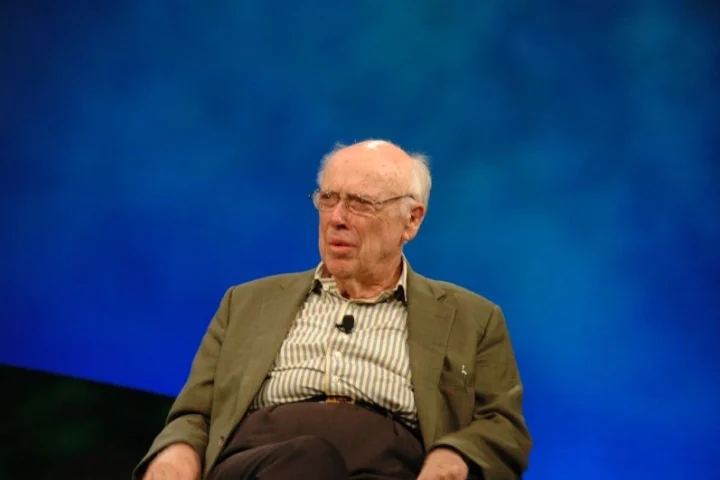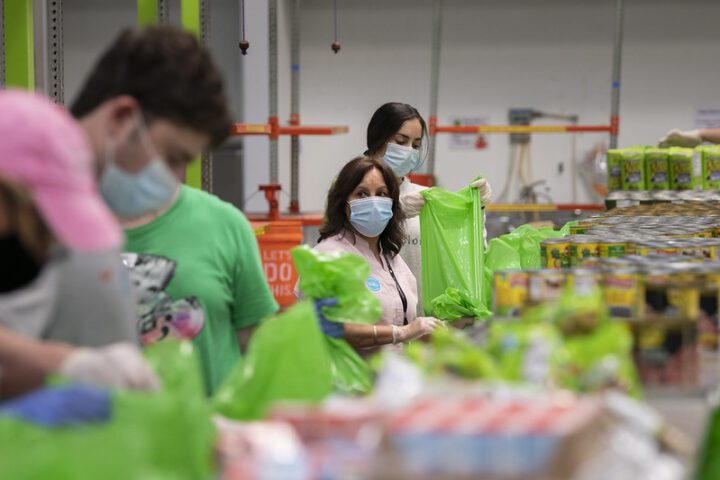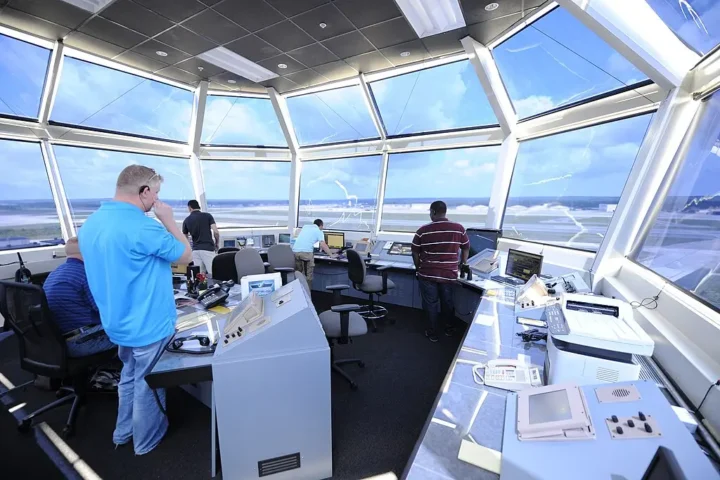The NextGen Acela train pulled into New York on August 28, marking a new chapter for rail travel along the Northeast Corridor. After years of delays, Amtrak’s faster, roomier trains are now operating on American tracks.
The NextGen Acela trains reach a top speed of 160 mph, currently making them the fastest trains operating in the United States. This represents a significant technical achievement for American passenger rail service, though the aging Northeast Corridor infrastructure will limit how often these speeds can be achieved in regular service.
“NextGen Acela is more than a new train — it’s an evolution of travel,” Amtrak President Roger Harris said during the launch.
The NextGen fleet delivers 27% more seats than previous Acela trains, improved Wi-Fi connectivity, charging ports at every seat, and upgraded café cars. These improvements address what Amtrak describes as key passenger priorities for the service.
Amtrak has launched with five trains initially, with the full fleet of 28 trainsets scheduled to be in service by 2027. Travelers can find these new trains by looking for the “NextGen Acela” tag when booking.
While capable of 160 mph speeds, the trains will only reach this velocity on limited sections of track due to infrastructure constraints. The Northeast Corridor’s infrastructure includes curves, tunnels, and aging elements that constrain speeds on most of the route.
The $2.45 billion investment represents a major capital commitment to upgrading America’s premier rail service. The trains feature an active tilt system and design improvements for a smoother, quieter ride between Washington D.C., New York, and Boston.
The NextGen Acela service includes stops in Washington D.C., Baltimore, Wilmington, Philadelphia, Newark, New York, Stamford, New Haven, Providence, and Boston, among others. After multiple production delays, Amtrak plans to phase in all 28 trainsets through 2027, gradually replacing the older Acela trains.
The subway system connections in major cities along the route will help passengers complete their journeys efficiently. These NextGen trains are part of a broader trend of rail modernization happening globally, as countries invest in faster, more efficient transportation systems.Transportation Secretary Sean P. Duffy recently unveiled the new trains alongside plans to improve Union Station in Washington, D.C., highlighting the federal government’s commitment to enhancing America’s rail infrastructure.
